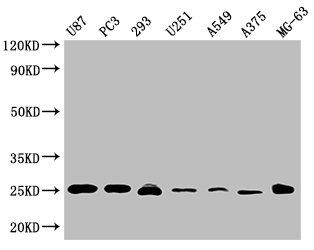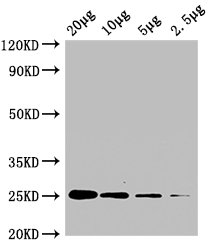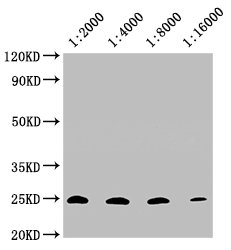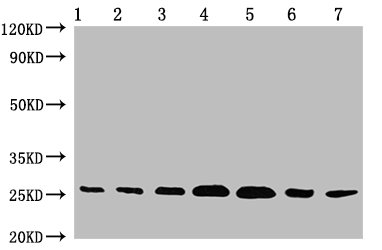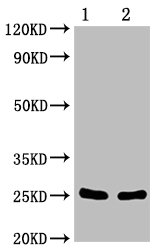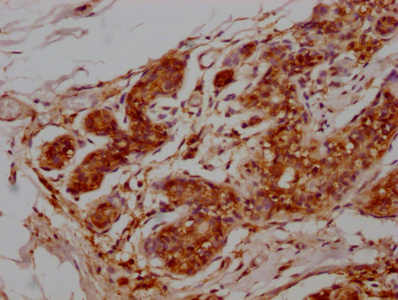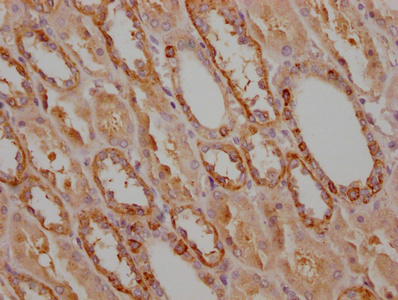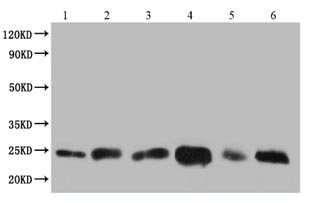This CD9 monoclonal antibody was a laboratory-produced antibody designed to recognize and bind to CD9. Here was the production process. Injected a Recombinant Human CD9 antigen protein into a mouse so that the mouse’s immune response was induced and the B lymphocytes was obtained; Fused the mouse myeloma cells and B lymphocytes to produce hybridoma cells; Selected and cultured the hybridoma cells and finally use them for the production of the CD9 monoclonal antibody, which has been validated in ELISA, WB, IHC.
CD9 protein is a transmembrane glycoprotein that can regulate cell proliferation, movement and differentiation. The protein is transmembrane four times and has a molecular weight of 24KD-27KD. It consists of 227 amino acid residues. Most of them are distributed in the cell membrane, and a few are distributed in the cell plate. Pseudopodia, filopodia and cell vesicles. The protein structure is a single polypeptide chain structure, containing four highly hydrophobic transmembrane domains. The N-terminal and C-terminal are shorter amino acid sequences located in the cytoplasm; the transmembrane domains are separated by hydrophilic groups and are located in the cell The outer hydrophilic group forms two ring structures of varying sizes. The two transmembrane domains and partial amino acid sequences of the ring structure are highly conserved. Some polar amino acids in the transmembrane structure are located in the central part of the ion channel. Participating in the formation of ion channels may be related to intercellular signal transduction. The large loop structure outside the cell contains conservative CCG sequences and cysteine residue sequences, which may be related to the evolution of organisms. Small loops outside the cell The structure contains glycosylation sites. CD9 can be modified by N-glycosylation after transcription. The macrocyclic structure contains monoclonal antibody binding sites. These binding sites are closely related to the function of CD9.

